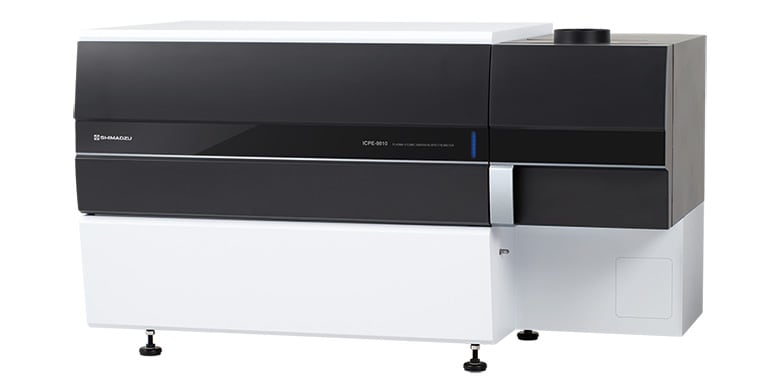
ICPE-9800 Series
- The ICPE-9820 can quickly analyze farmland soil for multiple elements simultaneously. - The multi-component extraction method can be used for accurate analysis of even high salt samples (0.2 mol/L sodium chloride).
Farmland soil contains constituents essential for crop growth, and their concentrations affect both yield and quality. Soil testing uses soil analysis to determine the concentrations of these constituents and the fertilization regimen needed to achieve an optimum balance of constituents in farmland soil. Soil testing typically uses a different extraction process for each target analyte, requiring a large number of analytical operations, but a multi-component extraction method can be used to analyze multiple soil constituents with a single extraction process for quicker overall analysis. The Tokyo University of Agriculture soil testing system uses sodium chloride for multi-component extraction, enabling the measurement of exchangeable constituents (Al, Ca, K, Mg, P, and S) and inorganic nitrogen (ammonia nitrogen and nitrate nitrogen) and the estimation of cation exchange capacity (CEC) from the same solution extract. By measuring multiple elements simultaneously in a single analysis, The ICPE-9820, aninductively coupled plasma atomic emission spectrophotometer (ICP-AES) offers quicker elemental analysis. And it can be combined with sodium chloride extraction to dramatically reduces the time required to perform soil testing. In this Application News, the ICPE-9820 analyzed farmland soil solution extracts for exchangeable constituents, available boron and trace elements, and a spike recovery test and a dilution test were then performed to validate this analytical method.
April 1, 2025 GMT
Some products may be updated to newer models